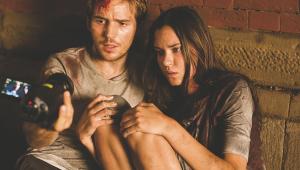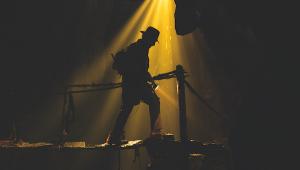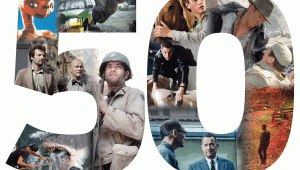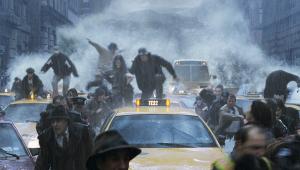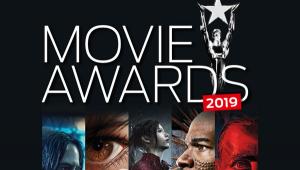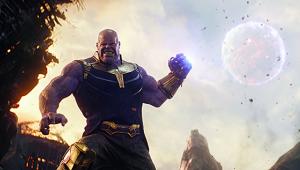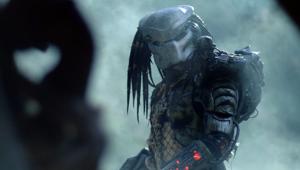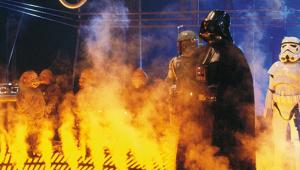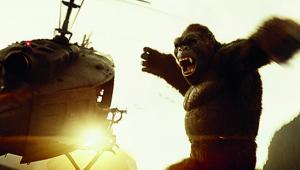Talking film restoration and preservation with Disney's Theo Gluck
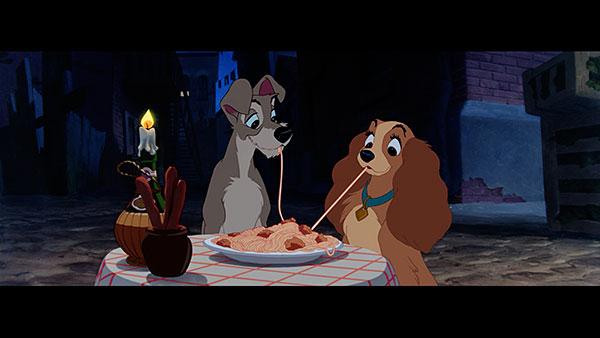
In October last year, he was welcomed as guest of honour at the 22nd annual Widescreen Weekend festival, held at Bradford’s Science and Media Museum. Armed with a pristine 2.55:1 frame-by-frame digital print of Disney’s first widescreen animated film, Lady and the Tramp (1955, pictured), as well as a selection of cartoon shorts, he also proudly carried a leather briefcase festooned with stickers of every conceivable cinema image tech brand known to humanity, including Cinemascope, Cinerama and Panavision.
The Widescreen Weekend is a calendar date for film technology aficionados and lovers of a bigscreen experience. For the 2018 edition, over the course of the three-day extravaganza organisers ran such treats as a three-strip Cinerama presentation of How the West Was Won (1962), a curved-screen 2.35:1 4K DCP of Funny Girl (1968), a 2.20:1 print of Grand Prix (1968), and a rare 70mm outing for Flatliners (1990). That’s not to mention an intriguing programme of shorts on offer, archive tours, guest speakers and, of course, the appearance of Gluck himself. His exquisite print of Lady and the Tramp, with its 4K scan from the original negative and 4-track bit-for-bit master audio, literally popped off the screen.
We got a chance to catch up with Theo just before he introduced his screening, and pick his brains about his role at Disney, his love of film and making movies look their best…
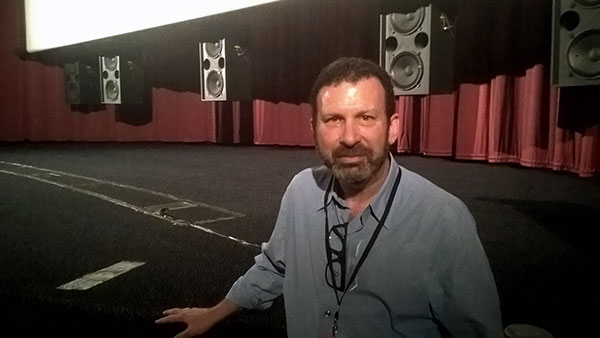
What does your role at Disney entail?
I'm part of the Studio Operations Mastering team and I primarily oversee the digital restoration of our library titles, which encompasses everything from Steamboat Willie to Pinocchio to Mary Poppins to Dead Poets Society. We have also worked on the restoration and reconstruction of dozens of the classic animated shorts, including Flowers and Trees (1932), the first commercial use of 3-strip Technicolor.
Are you a film lover or settled in the digital age?
I will forever be a film lover. However, I am also aware of the logistical realities of the digital world we live
in and how content is now captured and presented.
We have to be nimble from iPod to IMAX. Certainly the range of digital tools now available offers restoration possibilities previously unobtainable in the photochemical world. The ability to properly capture the image energy and resolution held in these decades-old negatives through digital scanning far exceeds what would have been seen in a dye-transfer Technicolor print some 75 years ago.
How are Disney's very important film assets preserved (presumably they’re not in cardboard boxes under someone’s desk…)?
The Studio opened its brand-new state-of-the-art Motion Picture Archive facility on the lot in 2015, so our safety film assets are stored here. Our nitrate film assets are housed at the Library of Congress’ National Audio Visual Collection Center. We are also engaged in a comprehensive library digital preservation initiative, scanning our original negatives at 4K 16-bit.
What's the most satisfying Disney animation restoration project you've worked on?
That’s a tough question. I would have to say Bambi
is the most memorable as it was our first digital restoration from scans of the original 'successive exposure' nitrate camera negative. It validated the importance of us preserving and caring for our original negatives for decades. It was that foresight which allowed us to undertake this project and yielded such breathtaking results. The level of detail and sharpness was a revelation to the team when
we started reviewing the recombined colour images.
I also adore Pinocchio for its artistry and music. Being a fan of widescreen cinema, it was a real treat to work on Lady and The Tramp.

What were the challenges of preparing a 70mm print for premieres like The Lion King?
As you can well imagine, 70mm release print manufacturing, prior to the advent of DTS timecode on 70mm, required considerable time and planning to stripe and sound as many as 200 prints. This made it a very complex and lengthy process. After the release of Beauty and the Beast in 70mm in 1991, the Studio reserved the format for special event screenings. For The Lion King we made four special prints (including back-ups) for the run at Radio City Music Hall in New York City. Each was printed two points lighter to help with the resultant image brightness, given the extreme throw from the projection booth to the screen. The 5.1 audio was actually provided by a 35mm Dolby Digital print interlocked to the 70mm projector (both running on platters). As a back-up, the 70mm print was striped and sounded two frames advanced, again due to the vastness of the venue.
As such, although the film was shown technically out-of-sync it was perceived as being in sync.
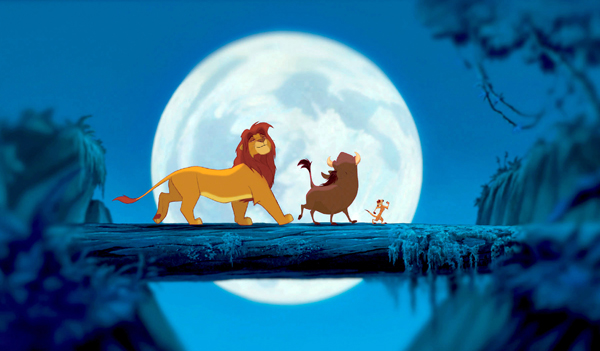
For a Blu-ray master, do you aim to preserve a filmic look, or is the goal to create the cleanest image?
Both features are equally important. Preserving
a filmic look, including grain, is a key part of the cinema’s aesthetic experience. Dirt removal and repairing other film damage is vital to allow for a distraction-free presentation of a film. For our classic animated features we will also partner with the Studio’s Animation Research Library to examine surviving cels and backgrounds, as well as screen dye-transfer Technicolor prints for colour reference.
Lastly, Lady and the Tramp was Disney's first widescreen (2.55:1) animated feature. Were there differences in the way you approached the restoration?
There wasn’t a need for any special considerations. We knew going in that we were going to preserve the original 2.55:1 aspect ratio. Certainly working on a CinemaScope film meant there was far more picture area to review and clean, as all of the other pre-1952 titles we had restored were 1.37:1. We were struck at how well photographed Lady... is given its use of early anamorphic lenses.
Lady and the Tramp screened at the Science and Media Museum's Widescreen Weekend in October. For updates about this year's festival, visit www.scienceandmediamuseum.org.uk/whats-on/widescreen-weekend
 |
Home Cinema Choice #351 is on sale now, featuring: Samsung S95D flagship OLED TV; Ascendo loudspeakers; Pioneer VSA-LX805 AV receiver; UST projector roundup; 2024’s summer movies; Conan 4K; and more
|

